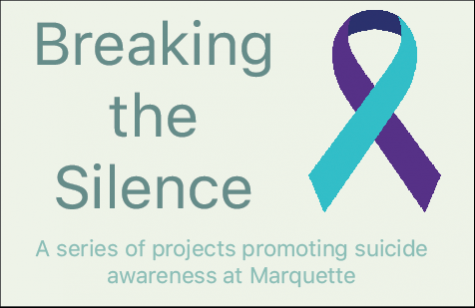
WARNING: Spoilers ahead, graphic content
Known for its no-holds-barred dramas and action-packed original series, there were high expectations for Netflix’s adaptation of “13 Reasons Why,” and the show did not disappoint.
While there are mixed opinions on the content and production style of the show, one thing is for sure: “13 Reasons Why” got people talking. The show got more attention on social media in its first week online than any other Netflix original series, according to an article from variety.com.
Some viewers were disgusted with the idea of a show about a teenage girl dying by suicide, arguing that this kind of content is harmful for teens and young adults. Dr. Victor Schwartz, medical director of The JED Foundation, told NBC news that there is validity to their disdain. The show, according to Schwartz, may dissuade teens struggling with suicidal thoughts from reaching out. He called the show an “extended revenge fantasy” rather than a show that gives insight to the underlying issues that are usually at play in most mental illness cases.
I can understand questioning the graphic content. The storyline was the most difficult thing I’ve ever forced myself to watch. But I have to commend the show for getting people to talk about teen suicide in the mainstream media.
Going into the first episode, I was wary — could the producers, without the restrictions that come with being aired on TV, be nitty-gritty and show the very real and raw emotions that people struggling with suicidal thoughts experience?
At first, it seemed that my fears would become reality. The first few episodes are, at times, cheesy. The opening scene displays a stereotypical depiction of teens: two girls take a selfie in front of Hannah’s decorated locker. Hannah is a peer who died by suicide days before the beginning of the show. They talk about how pretty she was and walk away discussing the appropriate hashtags for their photo. Initially, I was disappointed by the lack of character development, especially of the key players in the plot, but I maintained hope that the development would improve.
Within the first few episodes, I realized what it must have been like for my parents to watch me go through high school. I remember how every less-than-average thing that happened to me felt like the end of the world and when I talked to my parents about it they would try to put it in perspective. To me, it just felt like they weren’t listening. I could see how Hannah’s parents and counselor tried to help, but I could also see how she misconstrued it every time.
Still, there was something missing from the show. Sure, “13 Reasons Why” covers a lot of Hannah’s troubling external triggers, but most people who suffer from suicidal thoughts are also dealing with long-term mental illnesses like depression, anxiety or bipolar disorder. That’s not to say that Hannah’s pain from external events was not justified. But the producers missed the mark when it came to opening up the conversation about mental illness as a whole.
There were opportunities to address mental health issues in several of the character backstories, including Hannah’s. Unfortunately, the show glazed over those opportunities and powered through with Hannah’s timeline.
Yes, it is gut-wrenching to watch. Yes, it is absolutely devastating. But we need this show. There was no holding back in “13 Reasons Why,” and every person who watches can learn something.
The story teaches the power of communication. It shows adults what it feels like to be a teenager again, how quickly things can fall apart and how people’s actions matter. It forces you to pay attention and wake up to the realities of mental illness and underlying conditions that get overlooked daily.
The show becomes difficult to watch as it goes on, but I think it teaches an important lesson. Talking about topics like suicide is hard to do. People tend to skip over tough conversations or find a way to place blame and move on. But forcing yourself to sit through the last few episodes will show you how important it is to face tough conversations head on. It will show you how important communication and understanding really is.
We still have a long way to go when it comes to breaking down the stigma surrounding mental illness, but “13 Reasons Why” was a powerful step in the right direction for teens and adults alike.
This story is part of the Marquette Wire’s “Breaking the Silence” series to increase awareness and start dialogue about suicide in college. Read, watch and listen to more coverage here.
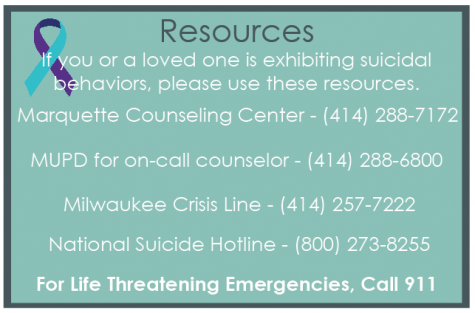 Photo by Anabelle McDonald
Photo by Anabelle McDonald


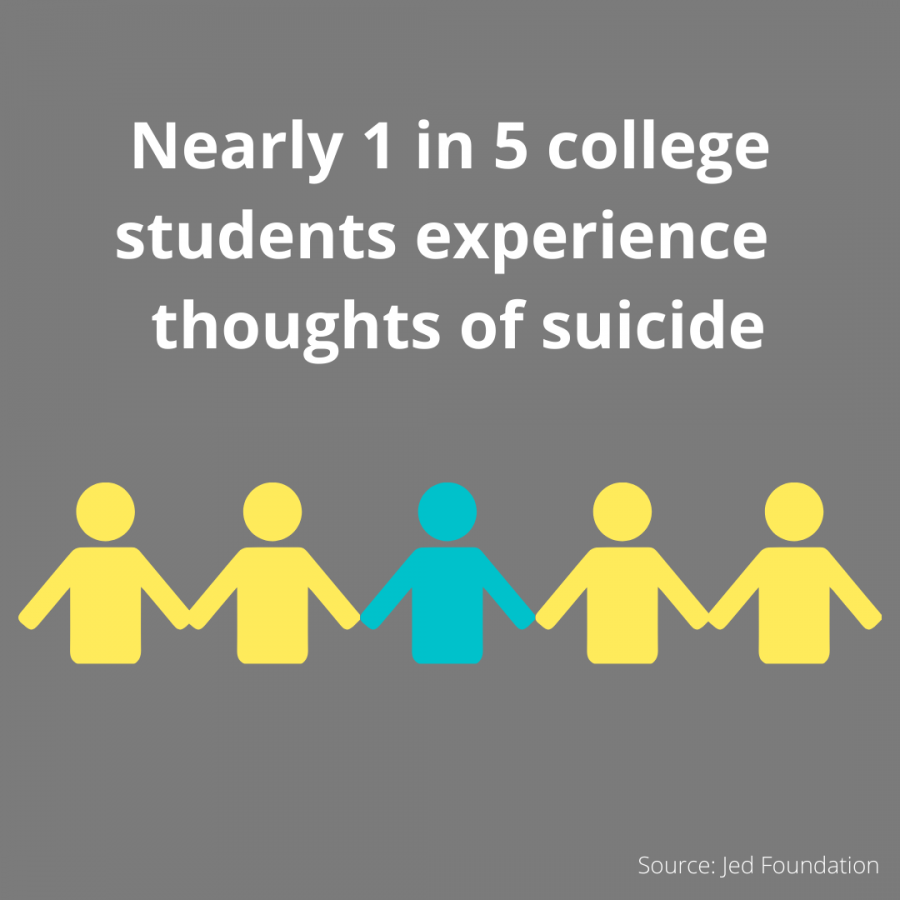
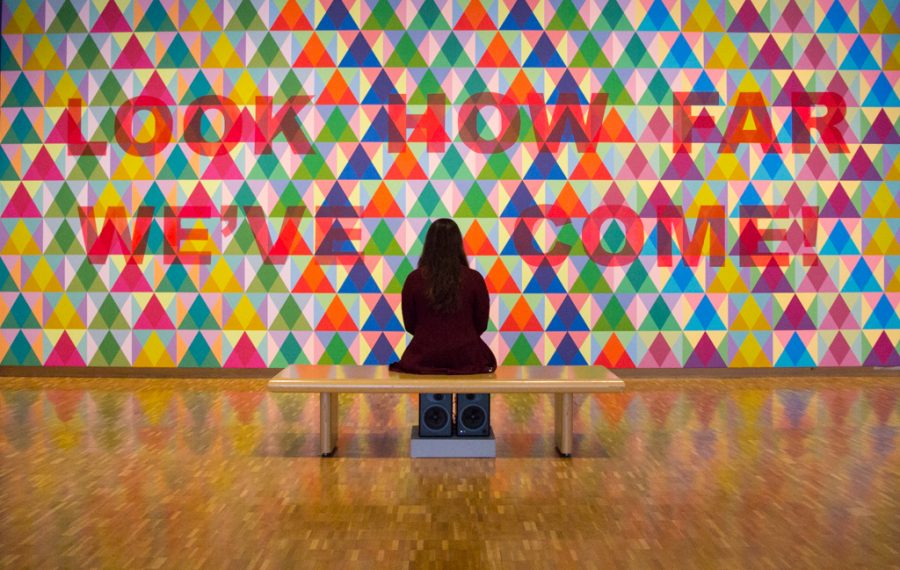

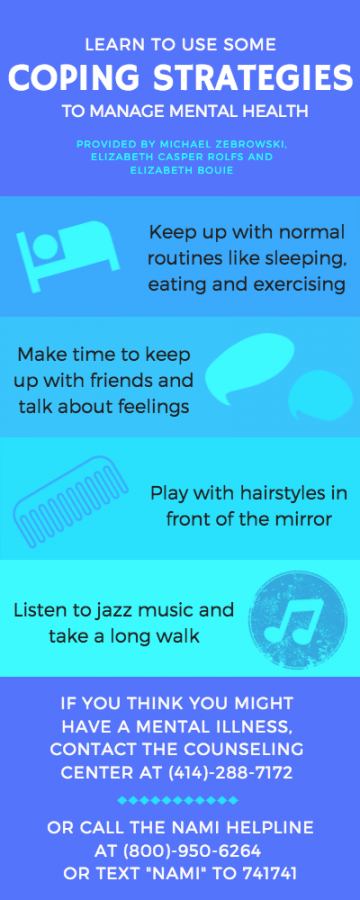
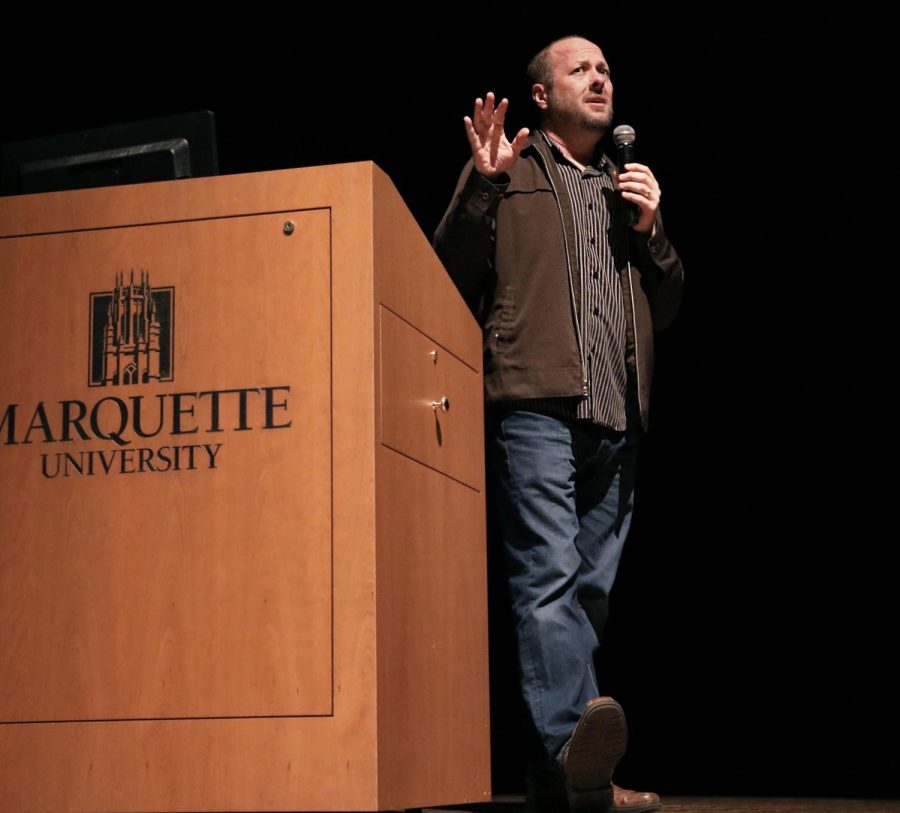




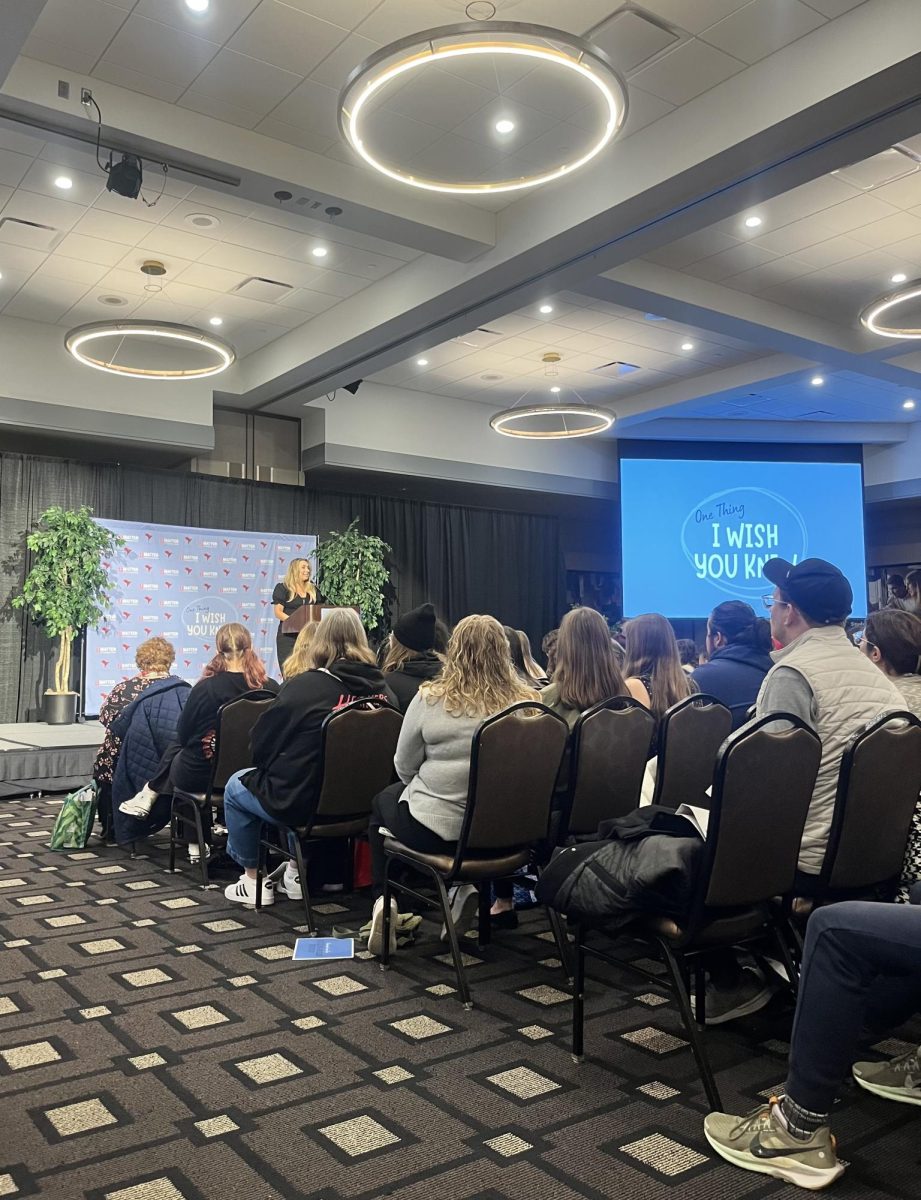
Lane • Apr 26, 2017 at 12:09 am
I’ve had personal experience with suicide and this show should not be targeted to minors who don’t understand that there is help and things do get better. The show does nothing to say that suicide is a mental illness or offers avenues for help. Rather, it states that the only resource for help is not effective. The act itself is made to look easy as she falls into a deep peaceful state with the glowing sun on her face. It glorifies taking your own life. Yes the show sparks suicide awareness but does nothing to help those it targets – people who are depressed. I wonder if it was vetted through social agencies prior to being produced to review its implications.